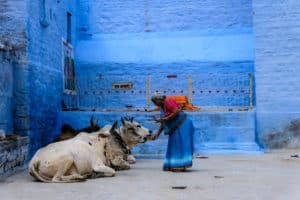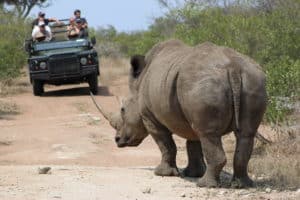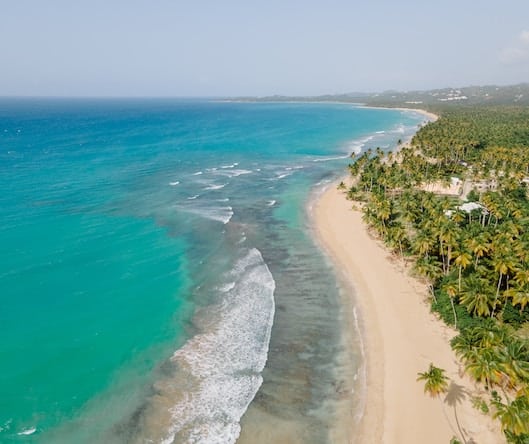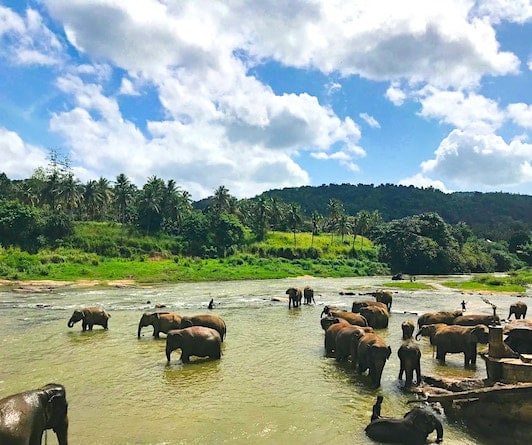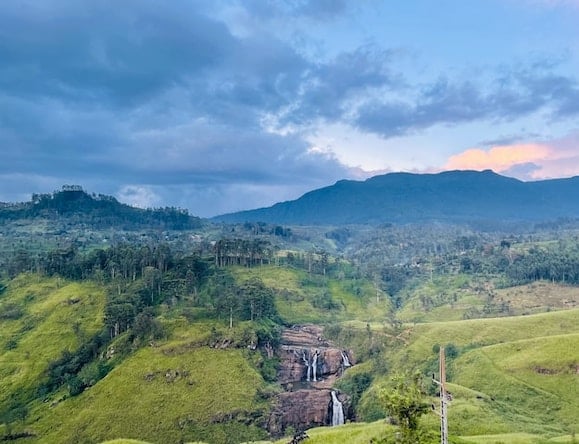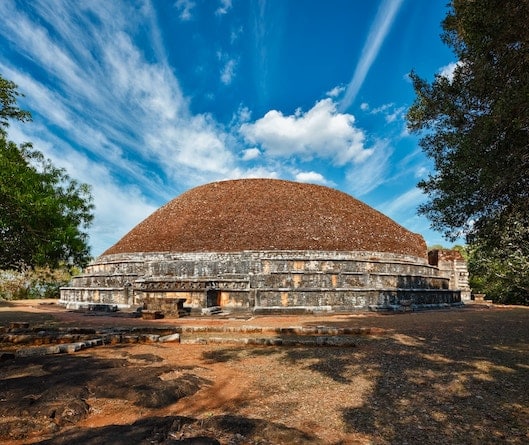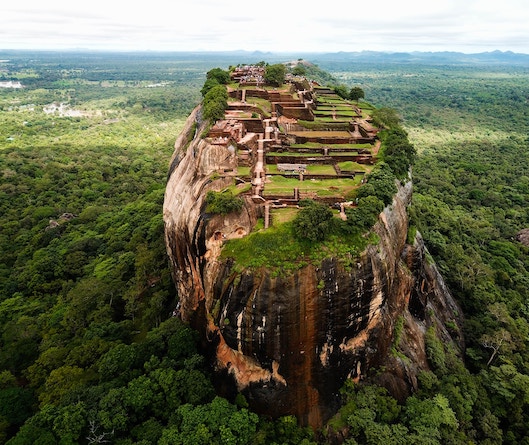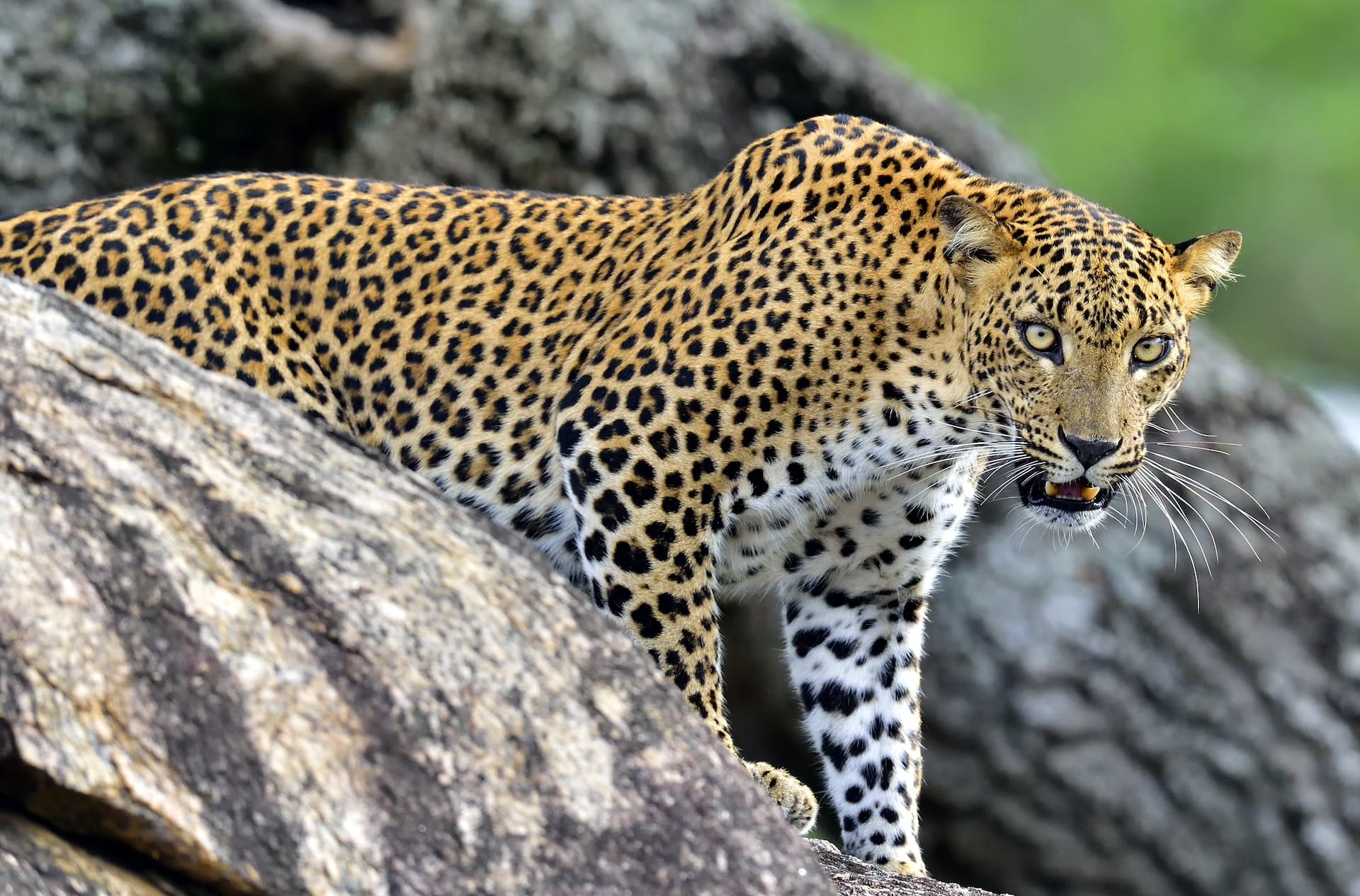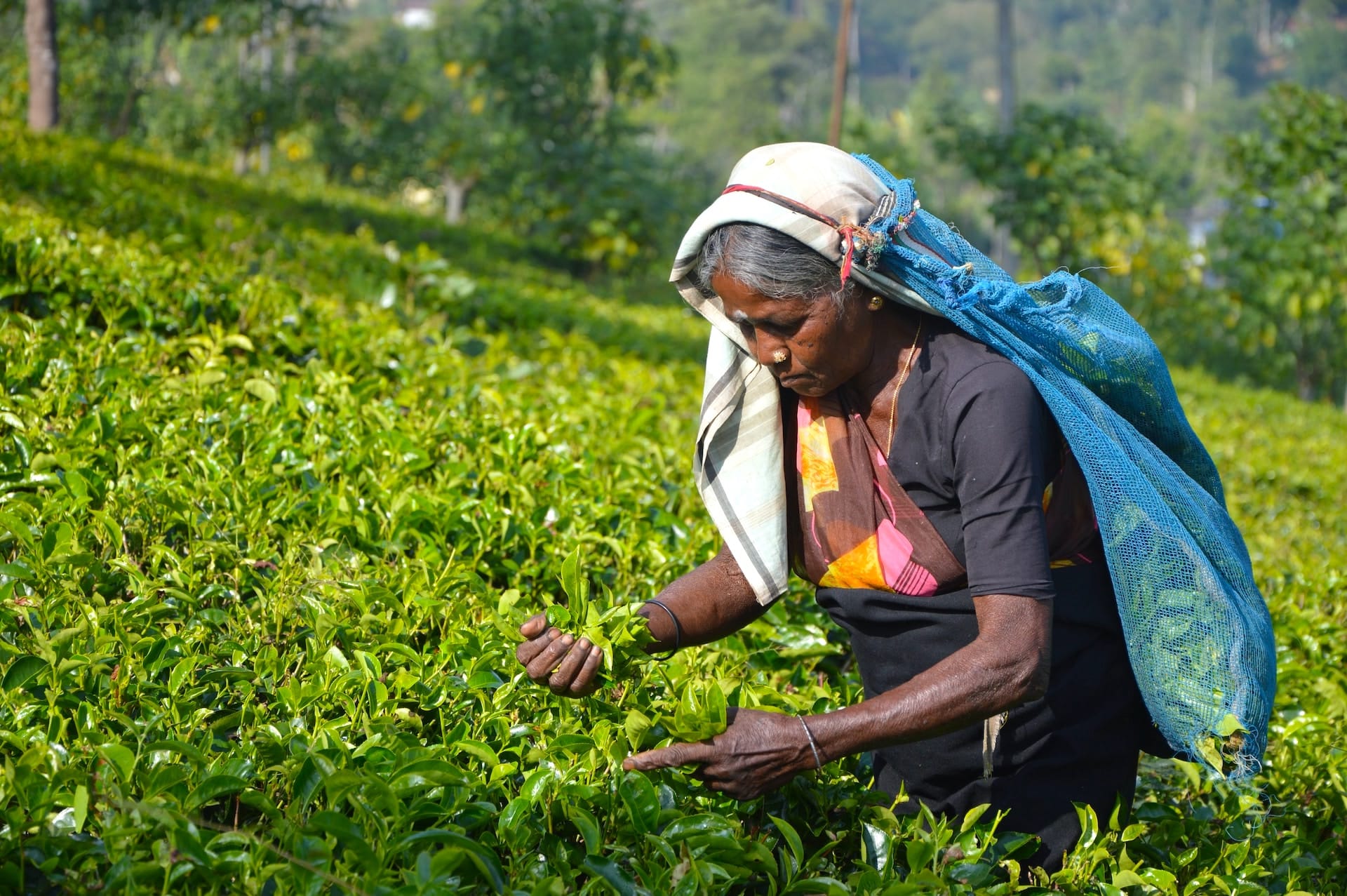
Wildlife viewing is extraordinary. Make sure you visit Yala National Park which has one of the highest leopard densities in the world, a great opportunity to spot these elusive felines. In Sri Lanka you can also see elephants, sloth bears, a host of deer, wild pigs, jackals, marsh crocodiles and a plethora of birdlife.
Sri Lanka has a bit of everything from the sacred cities of Anuradhapura and Sigiriya, to the Golden Temple of Dambulla and the iconic Sigiriya rock fortress, it is filled with culture. Peppered with panoramic views over mountains, tea plantations and waterfalls, wonderful beaches, Sri Lanka is the destination for adventure.
5 Highlights of Sri Lanka
Travelling in Sri Lanka
- Capital: Colombo
- Area: 65,268km²
- Languages: Sinhala and Tamil, and English as a link language
- Where to visit: UNESCO World Heritage sites of the Cultural Triangle, tea plantations of the Hill Country, the national parks brimming with wildlife and its golden beaches.
- Wildlife to spot: leopard, Asian elephant, sloth bears, birds, whales and dolphins.
Sri Lanka offers something for everyone, whether you are exploring its many ancient cities, seeking to be pampered in a wellbeing sanctuary, going in search of wildlife in one of its national parks or simply looking to relax on a golden beach.
Whether you are travelling as a couple or a family, there are plenty of types of accommodation from quaint former plantation bungalows nestled in the heart of Hill Country to modern beach resorts. Getting around is easy and most people opt for a local driver/guide with the option to take scenic train journeys through the Hill Country or air taxis if time is short.
Contact Us
Looking for a holiday to Explore Sri Lanka? We would be delighted help. Give us your ideas and together we can create your holiday.
When to go to Sri Lanka
The weather in Sri Lanka is rather complicated for such a small country, due to the fact that the island is affected by two separate monsoons. On the bright side, this means that there is usually good weather somewhere on the island at most times of the year.
The main southwest (“Yala”) monsoon brings rain to the west and southwest coasts and the hill country from April or May to September and is wettest from April to June. The less severe northeast (“Maha”) monsoon hits the east coast from November to March and is wettest from November to December.
